
8 Best Classic Cars in the World
We are living in a time where supercars are dominant, with manufacturers unveiling new models annually that boast top-notch specifications and a wide array of advanced features that would even make James Bond envious.
Nonetheless, the allure and undeniable coolness of classic cars remain unmistakable. Whether you classify yourself as a devoted gearhead or simply have an appreciation for vintage design, here are some of the world's best classic cars for your enjoyment.
Jaguar E-Type
If Enzo Ferrari himself praises a car as "the most beautiful ever made," it's safe to say everyone will agree. The Jaguar E-Type, inspired by the successful D-type, elevated its design to a new standard.
Surpassing Ferrari in speed at a much lower cost, the E-Type was in production from 1961 to 1975 and is divided into three series. Among collectors, the Series 1 models, produced from 1961 to 1968, are the most sought-after for their high value.

Maserati Ghibli 4.7
Initially released in 1966, the Ghibli quickly gained a reputation for its sleek and shark-inspired appearance. Offered in both coupe and convertible versions, the coupe variant remains the preferred choice among consumers.
Despite undergoing significant design changes over the years, the current Ghibli model is still being manufactured as a saloon, though some may argue that its updated design lacks the striking appeal of its original form.
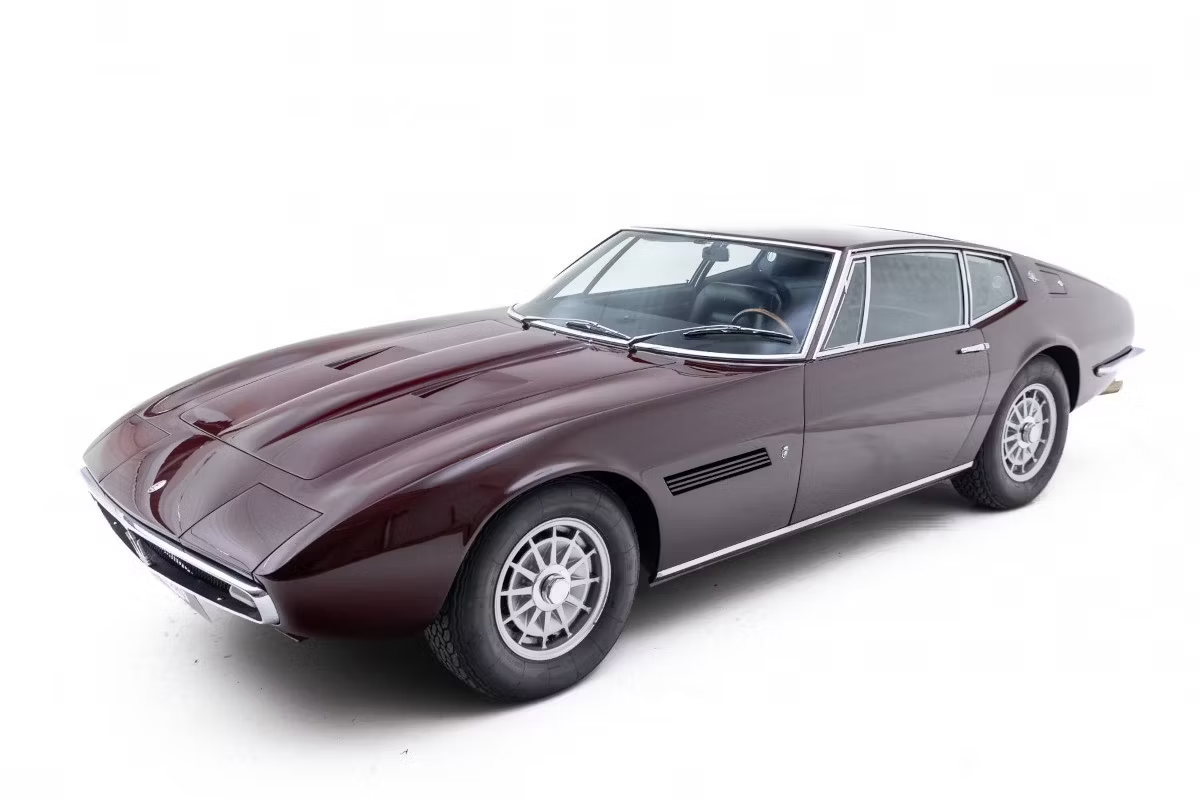
Aston Martin DB5
Is it even possible to list classic cars without mentioning this one? With its iconic appearance in the James Bond movies, the Aston Martin is the epitome of sophistication.
While it may not come equipped with any fancy gadgets, its luxurious interior, elegant design, and sleek appearance are sure to make heads turn as you drive through the city in your finest attire.
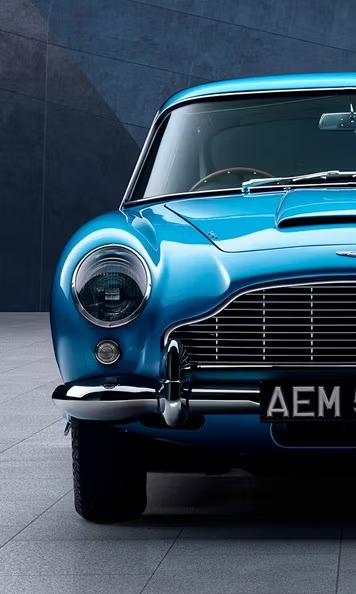
Mercedes 300SL Gullwing
The Mercedes Gullwing could be credited with popularizing the term supercar. It was the quickest car of its era and achieved success on the racing circuit. Its stunning retro-futuristic design is enhanced by the iconic gullwing doors.
The 'SL' designation signifies 'super light,' highlighting the lightweight and aerodynamic frame. While newer models may feature more elaborate gullwing designs, there's something timeless about the original.
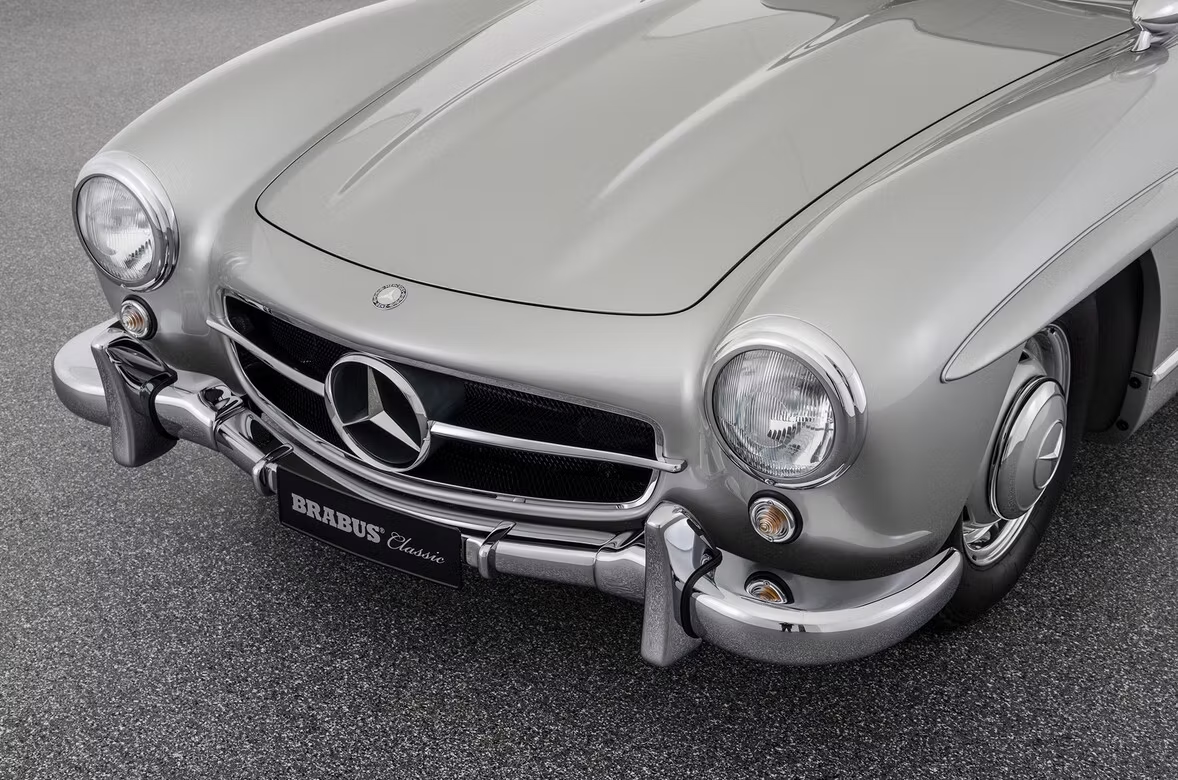
Chevrolet Camaro
Chevrolet, a prominent American car manufacturer, had long competed with the automotive giant Ford. The rivalry between the two companies peaked in the 1960s with the introduction of the Ford Mustang. In response, Chevrolet embarked on the development of a more powerful car, known as the 'Panther' project.
This led to the creation of the Camaro, which quickly established itself as a formidable supercar. While the Camaro has undergone various redesigns over time, the classic model with its iconic twin racing stripes remains a top contender in the market.
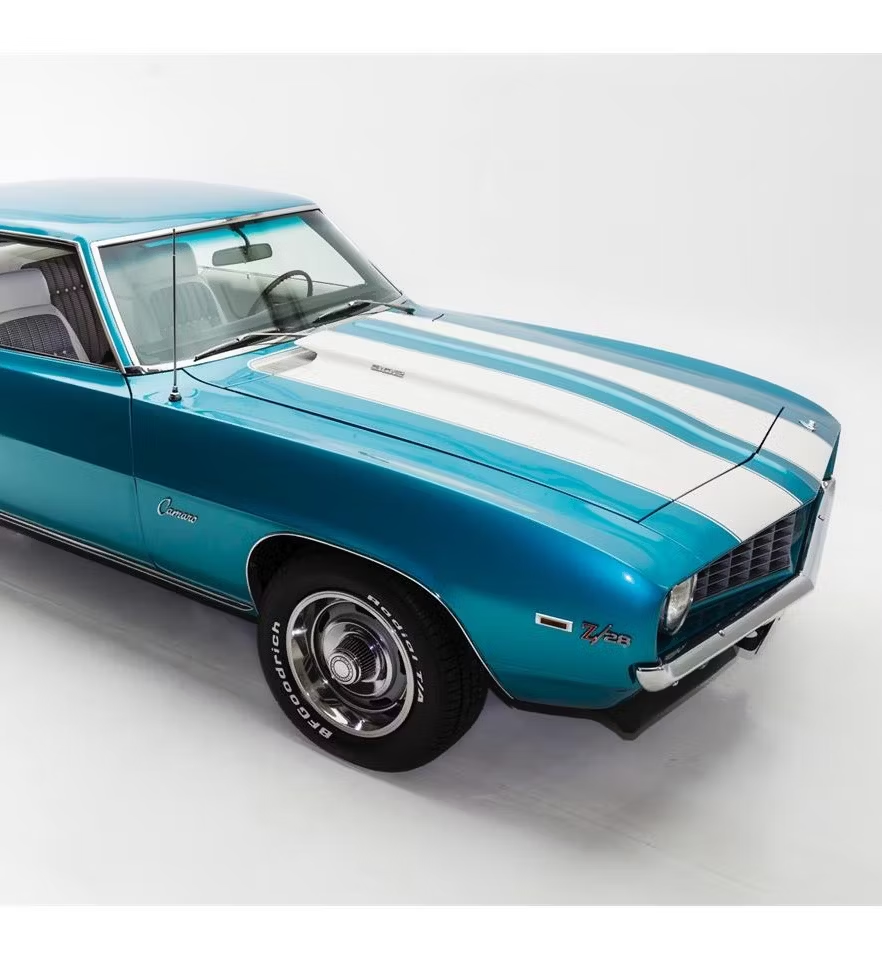
Ford Boss Mustang
If a car model features 'boss' in its name, you can be sure it's serious about performance. The Boss 302 was created as a response to Ford's battle with Chevrolet, to surpass the Camaro's dominance on the road.
This iconic vehicle combines a sleek design with powerful performance, truly embodying the essence of a muscle car. For those seeking even more power, there is the Boss 429, which required modifications to fit its impressive engine.
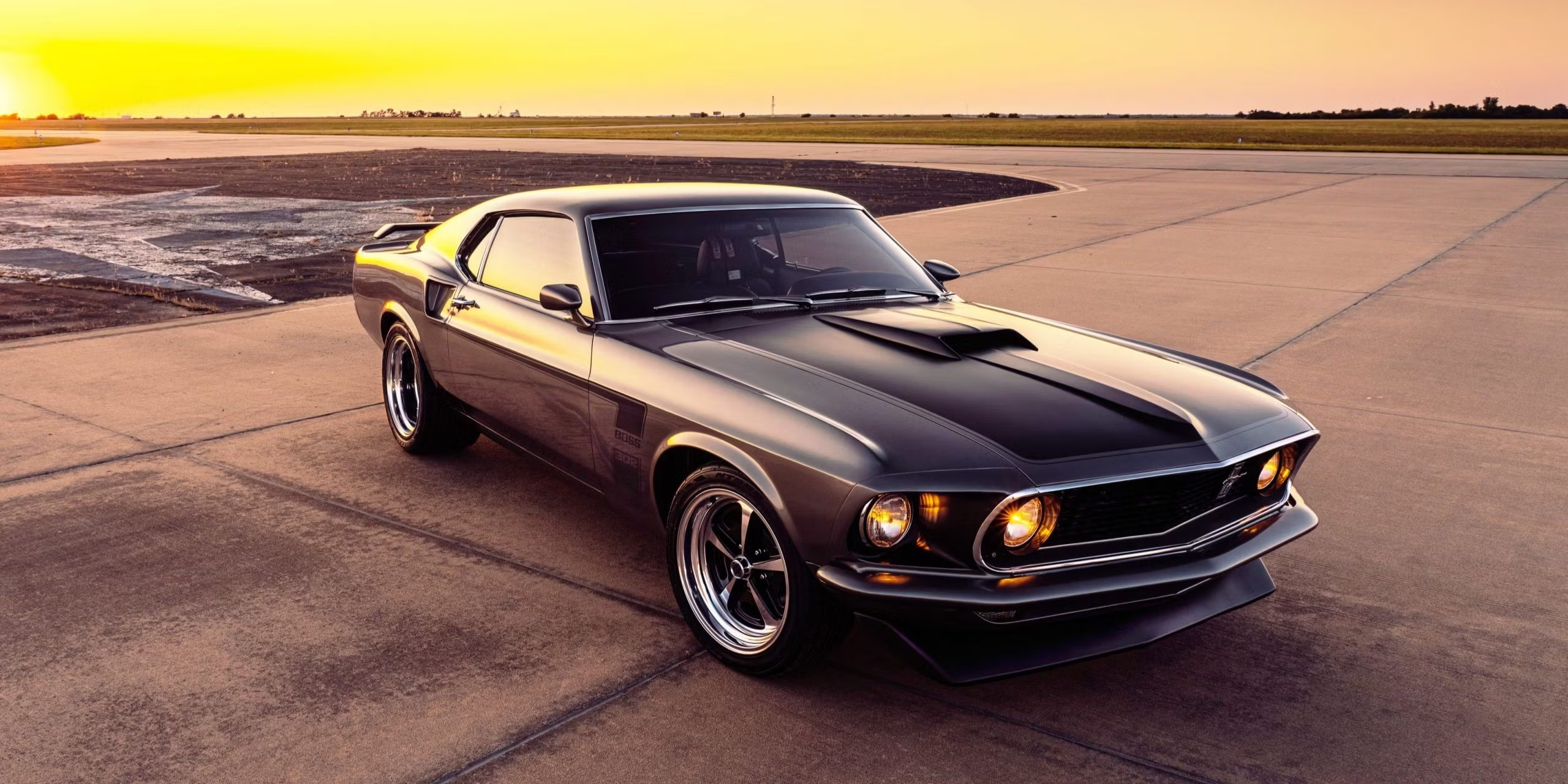
Lamborghini Miura
Lamborghini set the standard for supercars across the world, quite literally. The Miura was the first racing car to have a rear mid-engine layout, which is the same configuration seen in all racing cars nowadays.
It was the flagship of the Lamborghini brand and remained in production until 1973. And when it comes to high-performance and high-profile cars, it is simply one of the best.
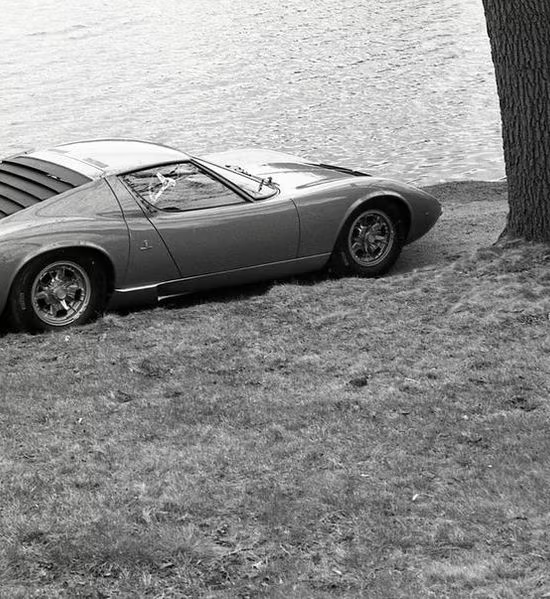
Corvette Stingray
The Stingray, the second generation of Corvettes, elevated the brand's popularity to astonishing new levels. While the original Corvette was impressive in its own way, the Stingray surpassed it in every aspect. It was smaller, more agile, and faster than its predecessors.
Additionally, it was the first American car since the DeSoto in 1942 to feature 'hidden' headlights that activate when the engine is started.

The timeless allure of classic cars resonates beyond the roads and highways. Much like yachting, the ownership and appreciation of classic automobiles represent a lifestyle characterized by sophistication, adventure, and a deep appreciation for the finer things in life.
Whether cruising along coastal roads or navigating the open waters, both classic cars and yachts evoke a sense of freedom, luxury, and a profound connection to the past. Cultivating a collection of these treasures both on land and at sea can serve as a testament to refined tastes and the enduring spirit of adventure.